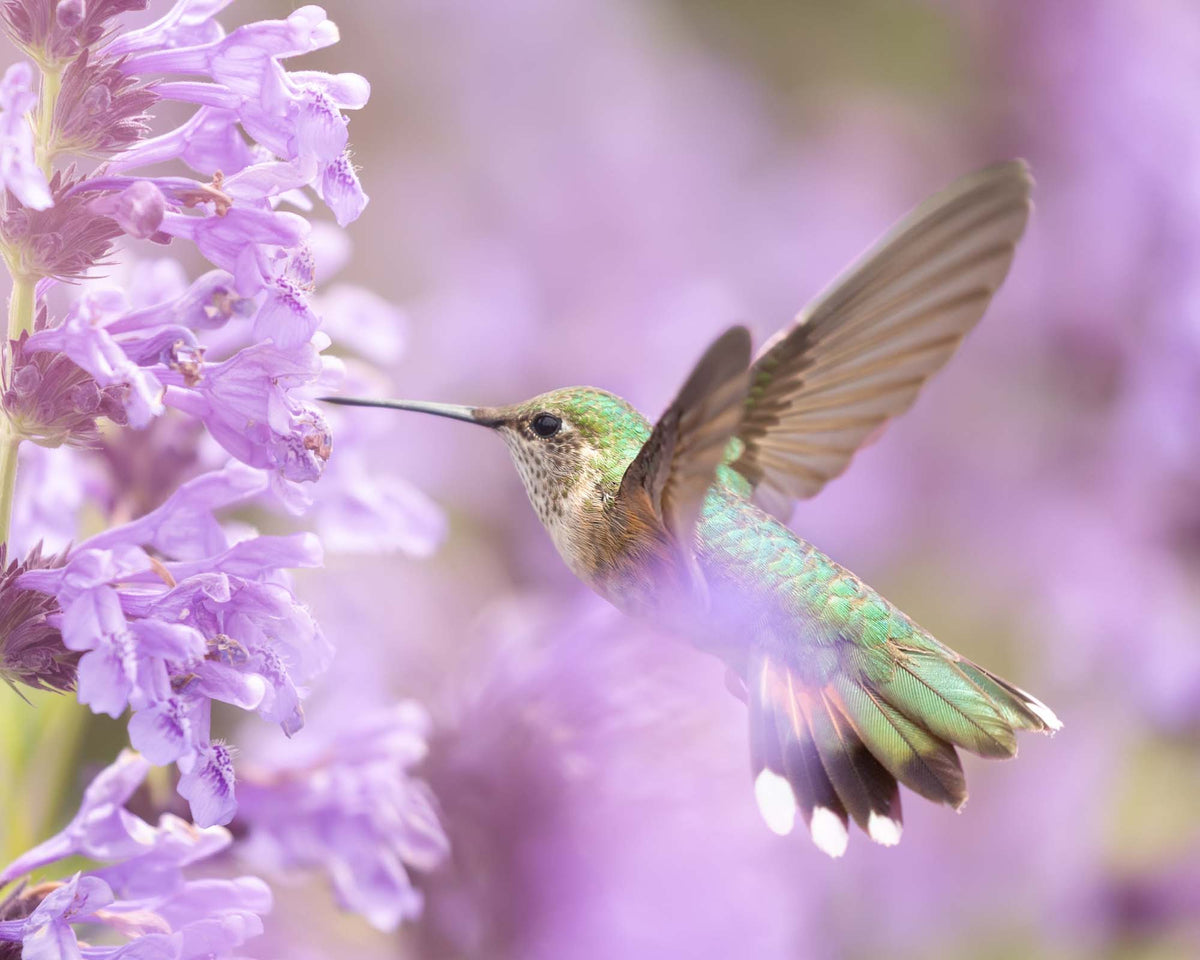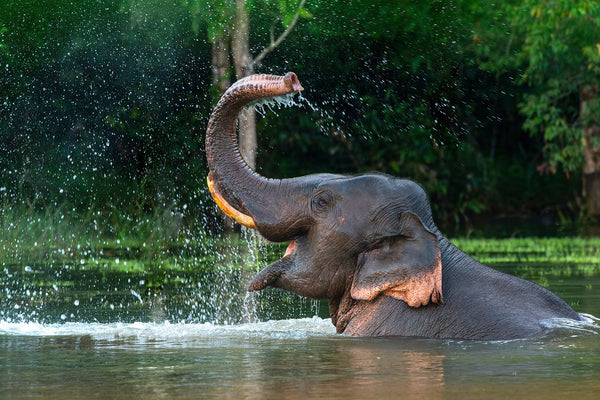Biodiversity loss is a leading global issue. Here are 12 ways you can Help prevent It!
Scientists define biodiversity as the variety of living organisms. And as you already know, maintaining biodiversity is critical to the survival of our planet and all living creatures on it — including people! In fact, the importance of biodiversity cannot be overstated: we guarantee that each and every one of you reading this depends on it on a daily basis. From the oxygen we breathe to the food we eat, the natural world influences every aspect of our lives. Unfortunately, it’s estimated that at least 200 to 2,000 extinctions occur each year — and unlike other mass extinction events in geological history, humans are to blame for this one. The 5 main biodiversity threats include:
- habitat loss,
- invasive species,
- overexploitation,
- pollution,
- and climate change.
Today, we’re going to focus on what the average person can do to promote biodiversity both in their neighborhoods and on the other end of the planet. Together, we can help prevent biodiversity loss — and these actionable steps are a great place to start!
Here Are 12 Ways you can prevent biodiversity loss

1. Buy sustainable and fairtrade products
Purchasing sustainable and Fairtrade products is a small difference that can go a long way. Love your morning coffee? Replace it with a brand that supports Fairtrade and sustainable practices. This small shift means helping coffee farming families earn a decent income while ensuring that the farming practices are in harmony with the natural environment.

2. Ditch the lawn and garden chemicals
Believe it or not, there are still many fertilizers, insecticides, pesticides and herbicides on the market that are harmful to the environment. The chemicals in these products contaminate soil and water and often poison insects, birds, fish, pets and even children. Instead of chemicals, opt for natural products and deterrents that won’t negatively affect the environment.

3. Plant a tree with our biodiversity projects
Donating to our biodiversity projects helps protect endangered species in degraded areas by recovering holistic ecosystems, increasing soil stability, improving water quality, and more. Your donation will plant trees that will help be restore forest cover in Uganda, Australia and the Pacific Northwest.

4. Protect local habitats
Trash can be detrimental to ecosystems and the wildlife that depend on them. Plastic and other chemicals can leach into the water and soil, while the trash itself often poses a risk to the animals that consume it. Whether you participate in a beach clean up or simply are committed to removing trash around your neighborhood each day, keeping the planet clean is a simple way to support local biodiversity.

5. Eat local and organic whenever possible
Make an effort to visit a farmer’s market and purchase seasonal and organic produce. This saves on the emissions used to ship produce to a grocery store while also reducing pesticide usage. Swapping some meat and dairy products for plant protein and plant milks is also a great way reduce your environmental impact through your daily dietary choices.

6. Create a biodiversity patch in your yard
While well-kept yards may look nice, they’re unnatural habitats for the critters in your neighborhood. Section off a portion of your yard and plant native shrubs, flowers or trees to help meet the food, water and shelter needs of local wildlife. Butterflies, bees, and hummingbirds are among the charismatic new guests you might attract! And with monarch butterflies recently being designated as endangered, this is more important than ever.


7. Educate youth on biodiversity
It’s important to educate youth on the importance of the world’s rich biodiversity and why we need to protect it for many generations to come. Next time you have an opportunity to teach your kids, nieces, nephews or neighbors about biodiversity, be sure to watch this video together! And if you’re a teacher or homeschooler, be sure to check out our free environmental education curriculum!

8. Start composting kitchen scraps
Swap out the chemical fertilizer with a natural fertilizer by using compost instead! Everything from fruit and vegetable scraps to egg shells, tea bags and coffee grounds can all be broken down into organic matter. Adding compost to your garden will help improve soil stability and increase nutrients while helping important microorganisms and worms thrive. Check out our compost guide to get started!

9. Monitor your pets when they’re outside
Keep local wildlife safe by monitoring your dog or cat when they’re outdoors, and consider attaching a bell to their collar. Cats and many breeds of dogs will hunt birds, frogs, squirrels and other wildlife. In fact, when researchers from the Smithsonian institute and the USFWS combined data, they found that in the US, domestic cats attack 1-4 billion birds every year, as well as 6.3-22.3 billion small mammals and hundreds of millions of reptiles and amphibians.

10. Volunteer your time
Whether you’re getting your hands dirty and planting trees or giving baby squirrels some much needed TLC, volunteering for an environmental organization or wildlife rescue is a great way to support biodiversity in your area. Bonus: giving back is also a guaranteed mood-booster!

11. Reduce your carbon emissions
If you tend to hop in a cab or drive your car down the street, try challenging yourself to cut down those emissions! Walking, biking or rollerblading are fantastic ways to reduce your carbon footprint, improve your personal health and save on gas money.

12. Take a stand for the environment
Support local initiatives that work to protect threatened habitats and species. This can mean emailing your local political representatives, attending peaceful protests, purchasing wildlife-friendly products, or advocating for the protection of endangered plants and animals.
Remember, small steps really do add up over time, and one small step for biodiversity is one giant leap for mankind. Just want to plant a tree? Plant one today!
